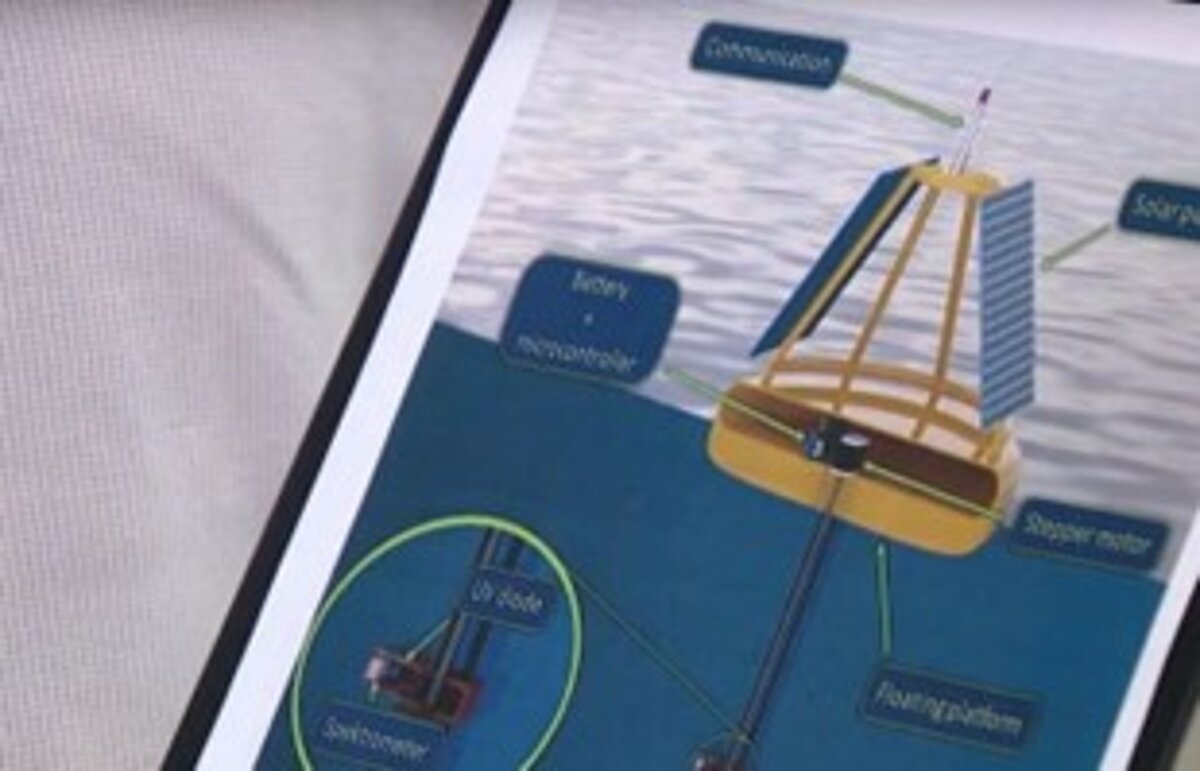
The technology will be very useful in the future, for example, for fish farms or municipalities, where it is important to control the quality of the water on the beaches.
“The basic way to get a comprehensive and more complete data quality assessment is to take a sample of water, take it to laboratories, set up an experiment, and get the results. The process is very long, because you have to physically arrive, physically pick up, physically take it away, physically measure it and then draw conclusions, ”explained Alexei Zolotarev, a researcher at the Institute of Solid State Physics at the University of Latvia.
However, data is often needed immediately, rather than after hours or even days.
“The microspectrometer, which appeared on the market only two or three years ago, will be used. It has not yet been applied to water analysis in the way we intend to do it. But it provides data very close to laboratory quality. Marine fish farms are undergoing rapid changes in water quality that could endanger fish. This spectrometer and its data, if processed properly, can provide super-fast feedback to farm supervisors or owners to try to save, repair or relocate the farm, ”explained Zolotarjov.
Smart buoys will be a relatively inexpensive solution. The first pilot prototype will be launched this year. In the future, smart buoys developed by Latvian scientists are planned to be commercialized.